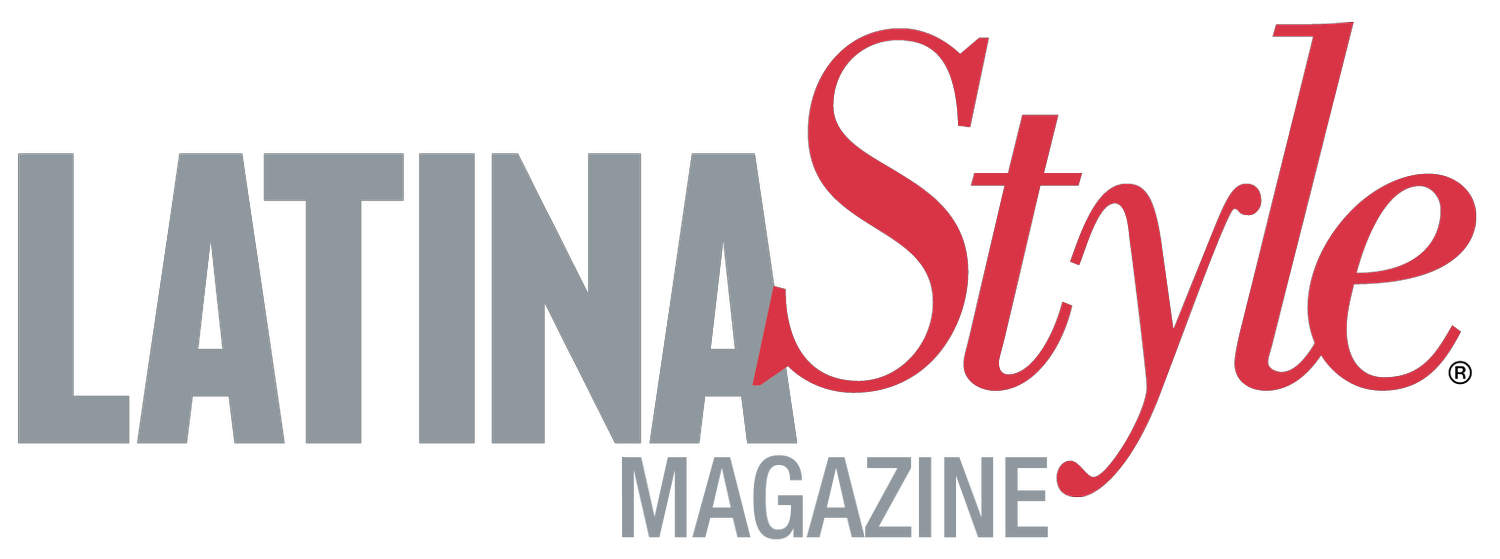Hiring and Pay Equality for Women in STEM
By Marisa Rivera
Despite progress in gender equity and growing interest over the last decade in computer science, engineering, math, and statistics among women, the underrepresentation of women in the Science, Technology, Engineering, and Mathematics (STEM) fields continues to persist. In 2023, the gender gap in STEM remained significant, with women making up only 28 percent of the STEM workforce (MIT Prof. Development, Piloto).
After many years writing about the huge gap among women in STEM, not much has changed. The National Center for Science and Engineering Statistics (NCSES) — part of the U.S. National Science Foundation, recently released the Diversity and STEM: Women, Minorities, and Persons with Disabilities 2023 report, the federal government's latest and most complete analysis of diversity trends in STEM employment and education confirms so.
The report suggests women and Hispanics have made considerable progress in their participation in higher education.
A few of the report's findings include:
● Women earned half of science and engineering bachelor's degrees (50%) and associate degrees (49%). Women represented about one-third of the STEM workforce (35%), and their wages were consistently lower than men's.
● Hispanic students have made significant advances in earning associate degrees in science and engineering fields. The total number of those degrees awarded to Hispanic students tripled between 2011 and 2020, bringing their share of associate degrees awarded in science and engineering fields to 32%. Nearly two-thirds (63%) of Hispanics in STEM are in jobs that do not require a four-year degree, making up nearly one-fourth of those workers (24%).
The gender gap in STEM has been attributed to several long-standing factors such as:
Stereotypes: Many individuals still associate STEM fields with male qualities, leading to stereotypes that can discourage girls and women from pursuing STEM education and careers.
Lack of role models: Women remain underrepresented in STEM leadership positions, which makes it harder for girls and women to find role models and mentors in the field.
Unconscious bias: Unconscious biases in hiring, promotion, can disadvantage women and lead to their disproportionately low representation in STEM.
Work-life balance imbalance: STEM careers can be demanding, and some women may opt out or choose to work part-time to manage family responsibilities, which can impact career advancement.
For the past two decades we have been focusing on promoting STEM education in schools and developing mentoring programs and internships for girls. These statistics confirm that we have been successful in educating and graduating women where we now have 50 percent of the science and engineering bachelor’s degrees given to women, but they still represent only 35 percent of the STEM workforce (NCSES Report 2023).
We need to be more creative and pro-active in recruiting and retaining women and Hispanics in the STEM workforce, because they are completing their STEM degrees, but not getting the jobs or the pay that they deserve.
This disparity is concerning, as it leads to a lack of diversity and inclusion, and limits the potential of the STEM industry, here in the U.S. and globally. Addressing existing underrepresentation is critical as the world faces economic, environmental, and technological risks. Closing the gender gap will not only bolster sustainable tech-enabled growth and innovation but is also deemed an economic necessity. Let’s hire women in STEM and pay them their equal share.
Marisa Rivera is president of Mpowerment Works, a motivational speaker, executive coach, leadership and empowerment consultant. Marisa@MpowermentWorks.com.


